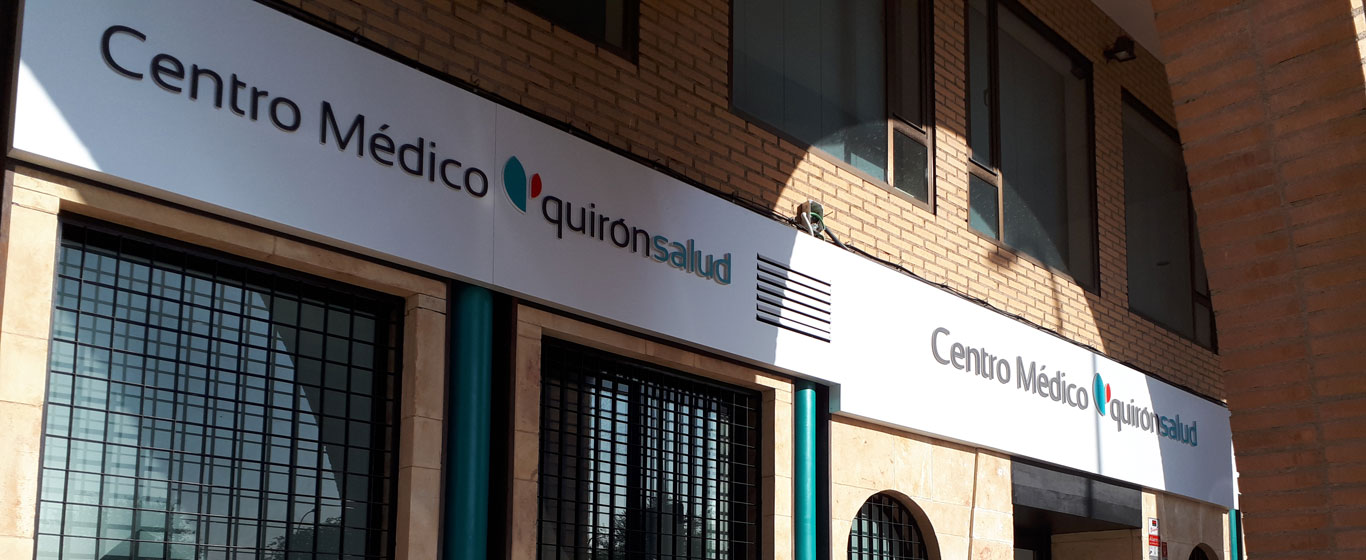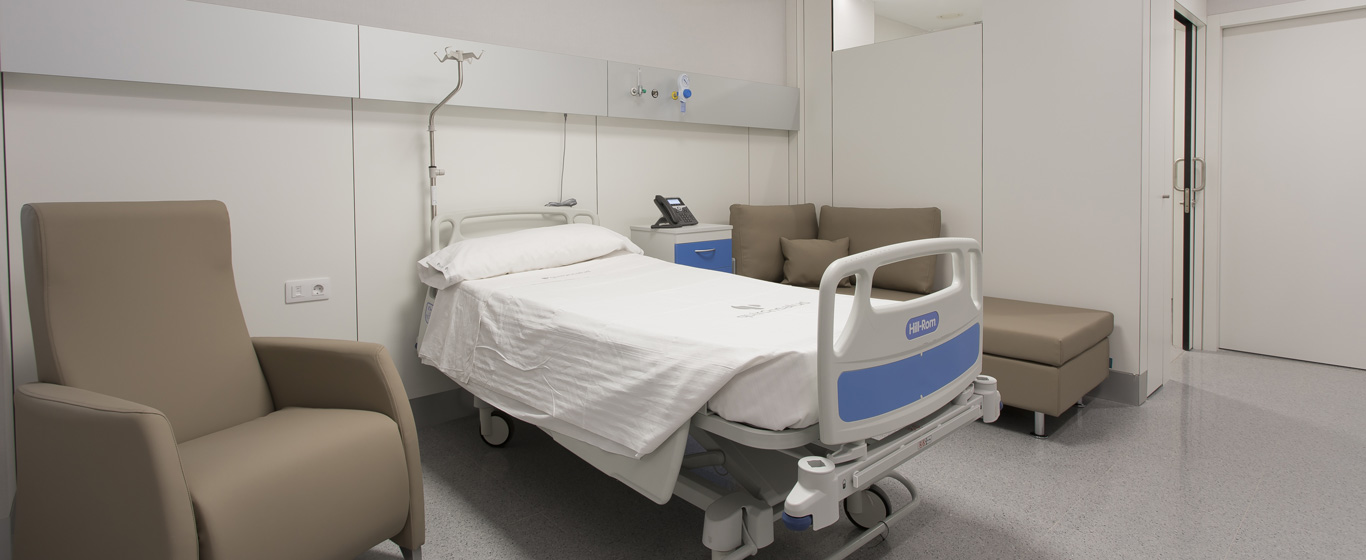Diabetes
What types of diabetes exist? Information on causes, symptoms, treatments, and the most suitable diet for this disease.
Symptoms and Causes
Diabetes mellitus is a chronic disease that occurs when the pancreas does not produce enough insulin or when the body does not properly use the insulin it secretes. This hormone regulates blood glucose levels, ensuring it reaches all the body’s cells, where it is converted into energy. If this process does not function correctly, excess glucose builds up, which can be harmful to the body. Therefore, untreated diabetes can lead to very serious health complications.
Depending on its nature, there are three types of diabetes:
- Type 1 diabetes: The body does not produce the insulin it needs. It can be autoimmune, where the body's immune system attacks the beta cells of the pancreas, or idiopathic, meaning the cause is unknown. It is most common in children and young people under 30 years old.
- Type 2 diabetes: The pancreas produces insulin, but the body does not use it properly. This is the most common type of diabetes and is often associated with a sedentary lifestyle and obesity.
- Gestational diabetes: This usually appears in the later stages of pregnancy due to hormonal changes.
When a person has diabetes, carbohydrates, fats, and proteins are not properly metabolized. Therefore, in addition to following the prescribed treatment, it is recommended to maintain a healthy diet.
Symptoms
On the one hand, the main symptoms of type 1 diabetes are very clear and recognizable:
- Intense thirst
- Fatigue and weakness
- Unexplained weight loss
- Frequent urination
- Blurred vision
On the other hand, type 2 diabetes is often asymptomatic in its early stages, which is why diagnosis is often delayed.
Causes
The common cause of all types of diabetes is excess glucose in the blood. In most cases, the origin of this imbalance is unknown, although it is usually a combination of genetic and environmental factors. As previously mentioned, in some cases, the development of the disease is due to an autoimmune disorder.
Risk Factors
Diabetes mellitus can develop in people of any age or sex. However, certain circumstances increase the likelihood of developing it.
Risk factors for type 1 diabetes include:
- Family history, although it is not a hereditary disease.
- Having had gestational diabetes previously.
- Presence of diabetes-related immune system cells (autoantibodies).
For type 2 diabetes, the following factors may contribute to its onset:
- Obesity or overweight
- High blood pressure
- High cholesterol
- Elevated triglycerides
- History of blood glucose irregularities
- Family members with diabetes
Complications
Untreated diabetes can lead to severe complications, some of which may even be life-threatening. Notable complications include:
- Diabetic foot: Nerve damage and reduced blood flow can cause loss of sensation, leading to injuries that may become infected.
- Cardiovascular diseases: Conditions such as arteriosclerosis, angina, heart attack, or stroke.
- Diabetic neuropathy: Damage to blood vessels prevents nerves from receiving proper nourishment, causing tingling or digestive problems.
- Diabetic retinopathy: Damage to the eye’s blood vessels, potentially leading to vision loss or blindness.
- Diabetic nephropathy: Excess glucose damages the kidney's filtration system, composed of multiple blood vessels.
- Preeclampsia: Gestational diabetes can lead to excess protein in the urine, high blood pressure, and leg swelling.
Prevention
Although there is no way to prevent type 1 diabetes, following the recommendations for preventing type 2 diabetes can help manage symptoms and prevent worsening:
- Maintaining a healthy weight
- Eating a balanced, healthy diet rich in vegetables, fruits, and fiber-rich foods
- Engaging in moderate daily exercise
Which doctor treats diabetes?
Endocrinologists specialize in treating diabetes. However, regular check-ups can also be conducted in family medicine consultations or at medical check-up units.
Diagnosis
The primary test for diagnosing diabetes mellitus is a blood test. For type 1 diabetes, the disease is confirmed if blood glucose levels exceed 200 mg/dL.
Currently, a sensor can be placed on the abdomen to monitor glucose fluctuations for 72 hours. This record helps tailor treatment and achieve better metabolic control.
Type 2 diabetes is diagnosed when fasting blood glucose levels exceed 126 mg/dL. If test results are inconclusive, a glucose tolerance test is performed to evaluate how the body processes a specific amount of glucose.
Treatment
Current treatments help manage the effects, reduce symptoms, and prevent complications, but diabetes has no cure.
- Type 1 diabetes is treated by artificially administering the insulin the body does not naturally produce. This can be done through multiple daily injections or by using an infusion pump that delivers insulin as needed.
- For type 2 diabetes, the condition is managed through a balanced diet, exercise, and medications tailored to each individual’s needs. Thanks to recent research advances, metabolic surgery is increasingly used to treat diabetes in patients who do not respond well to traditional therapy.


































































































